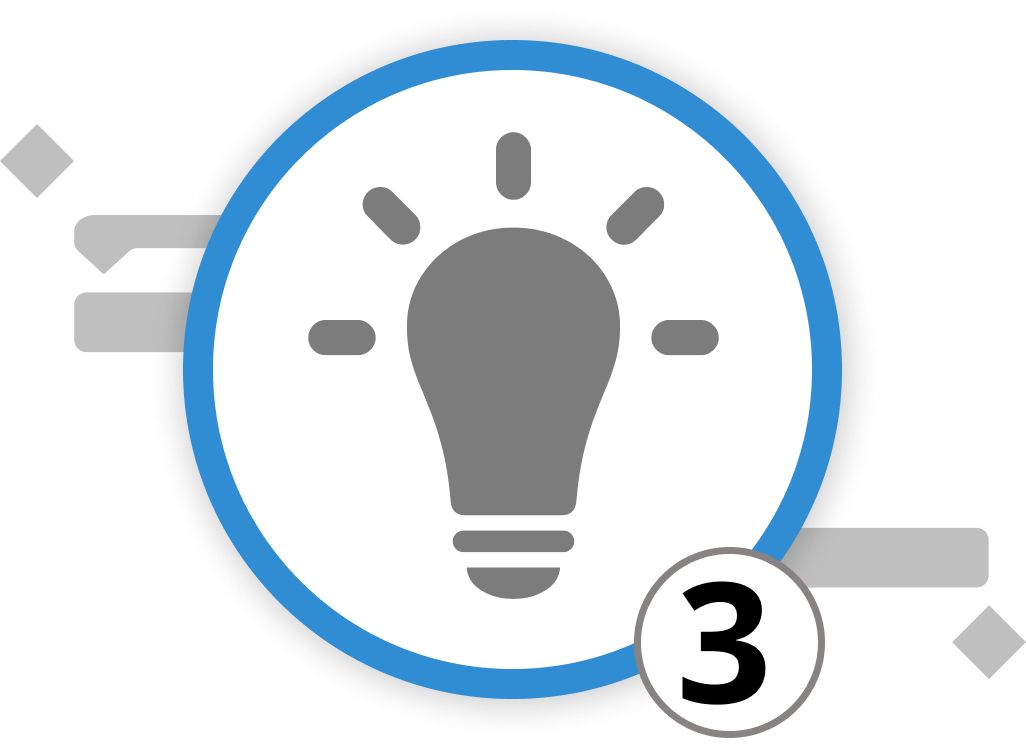
Project Management Methods
Before put the new understanding of project management terms into practice, we should familiarize with three different schools of thought on project management: traditional, agile and creative project management.
Traditional Project Management

Often referred to as the "Waterfall" method, Traditional Project Management is a linear and sequential approach. Projects begin with a clear understanding of all requirements, and each phase of the project follows a specific order. It's beneficial for projects where requirements are well-understood upfront and are unlikely to change. However, a downside is the increasing uncertainty for activities projected for the future.
Agile Project Management

In contrast to traditional project management, Agile embraces change and uncertainty. Iterative and incremental, Agile divides projects into smaller units called "sprints" or "iterations." This allows for continuous reviews, adaptability, and immediate feedback. Agile is especially effective for projects where requirements might evolve or are not completely known at the outset. Some of the most well-known methods within this approach are SCRUM and KANBAN.
Creative Project Management

A lesser-known but highly effective approach, Creative Project Management places a premium on innovation and ideation. It's perfect for projects where new solutions or ideas are the primary deliverables, such as advertising campaigns, content creation, or new product development. This approach focuses a lot on brainstorming and visualization techniques and thus heavily relies on mind mapping.
While each method has its strengths, the dynamic nature of today's projects often calls for a more flexible approach. Drawing insights from industry experts, it's evident that a hybrid approach is gaining traction. This approach marries the best elements from different methodologies, allowing project managers to be both structured in their planning (a hallmark of Traditional PM) and adaptable to change (a strength of Agile PM), all while fostering creativity. Such a balanced method ensures that teams remain efficient, adaptive, and innovative, catering to the multifaceted demands of modern projects.
The Importance of a Precise Project Scope Description
Whichever methodology you focus on, the crafting of a meticulous project scope description, often referred to as a Statement of Work (SOW), is paramount for the successful execution of any project. It not only serves as a blueprint for the entire project but also acts as a safeguard against potential misunderstandings and costly overruns. When stakeholders, team members, and external vendors have a clear understanding of what's expected, it minimizes ambiguity and sets clear expectations from the outset. Moreover, it provides a solid foundation upon which project milestones, activities, and deliverables can be mapped out. Hence, always invest the necessary time and effort in crafting this essential document, as it's the bedrock upon which the success of your project hinges.
Now, let's put the learnings into practice in the next chapter.
We’re happy to refer you to our partners. They offer dedicated Merlin trainings for any topic and support rolling out Merlin across your projects.
We recommend: Gareth Watson, certified Merlin Project Trainer (online & inhouse)
Do you have questions or want to connect with us on social media? Then click on the buttons below to write us an email or visit our LinkedIn page.

 E-mail
E-mail  Linkedin
Linkedin 